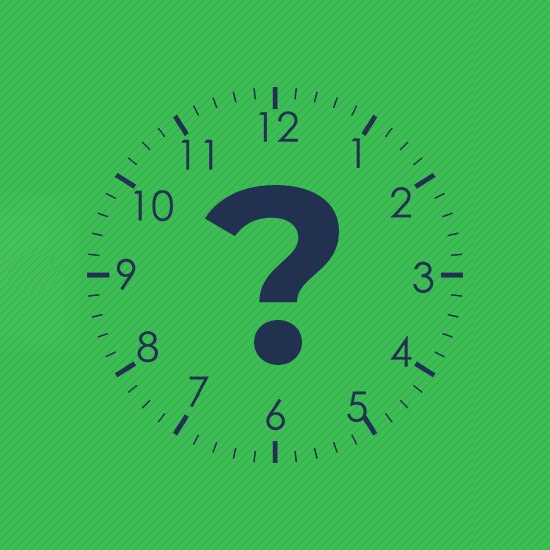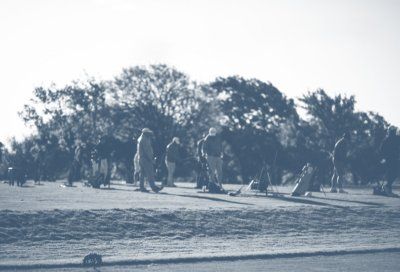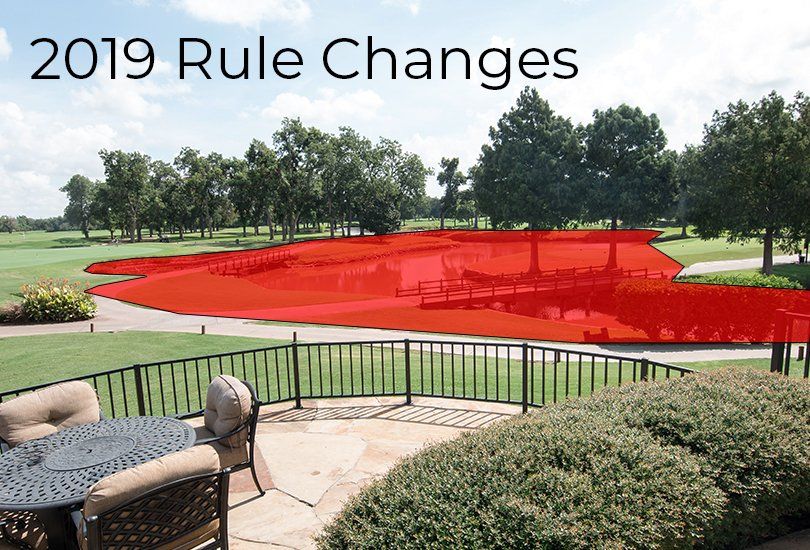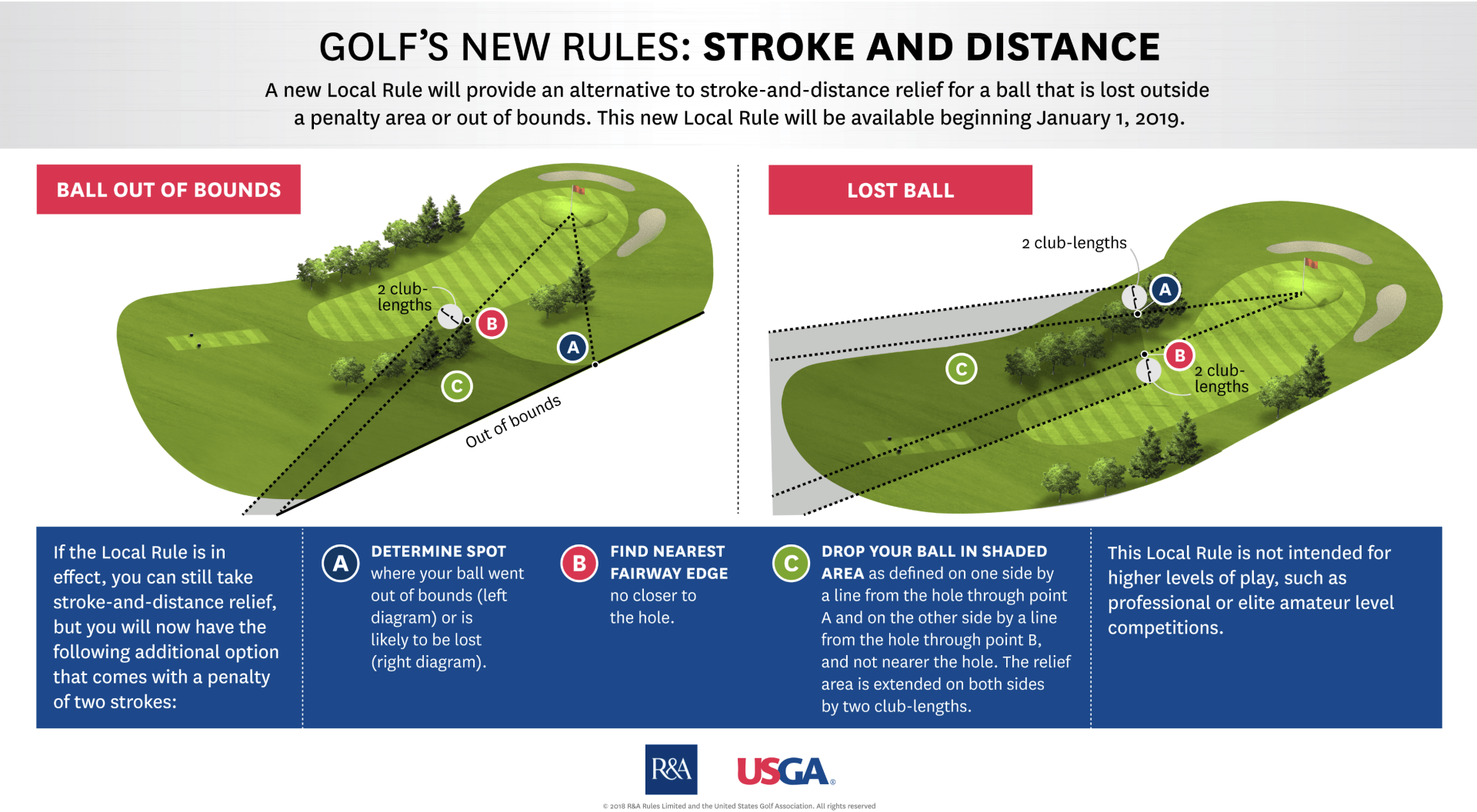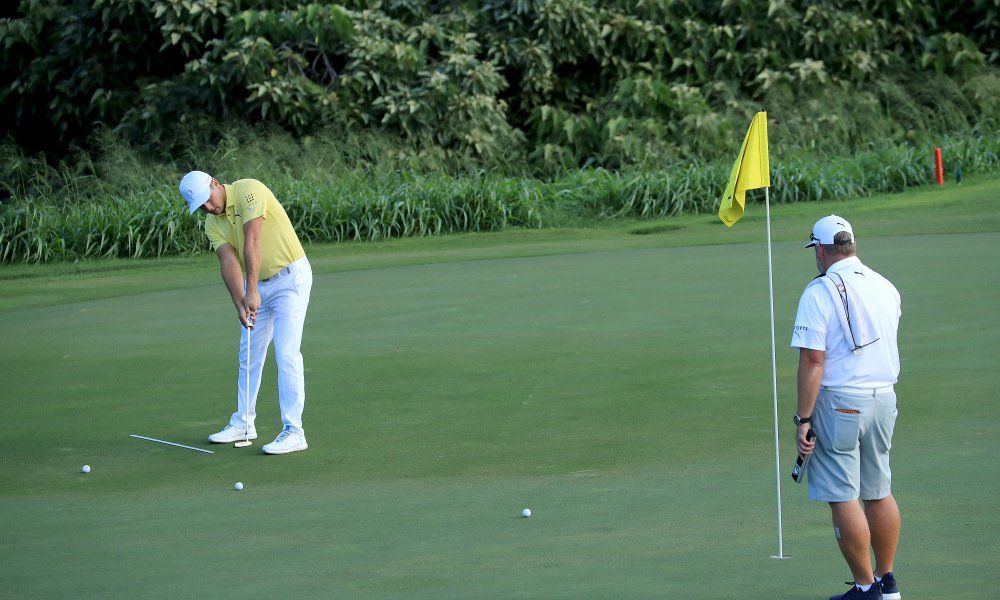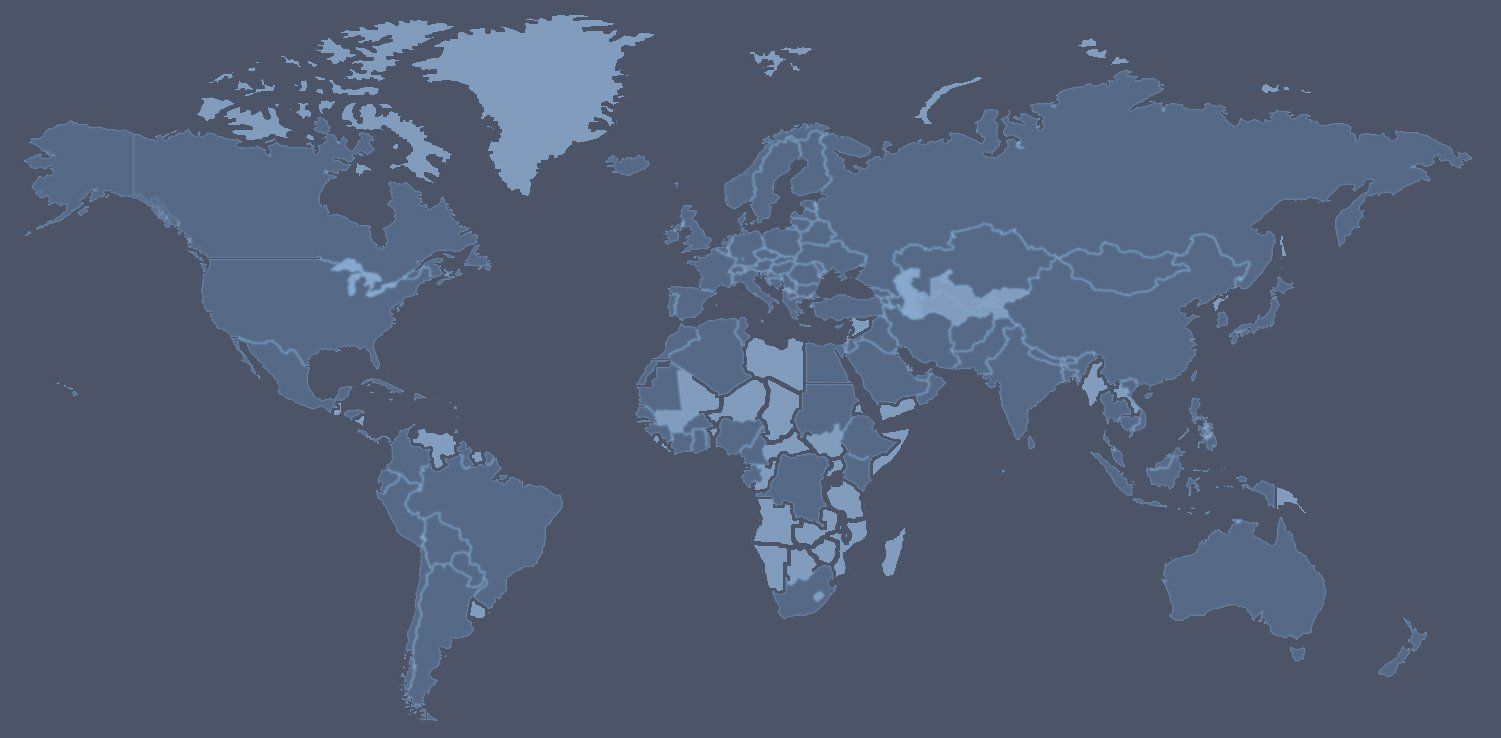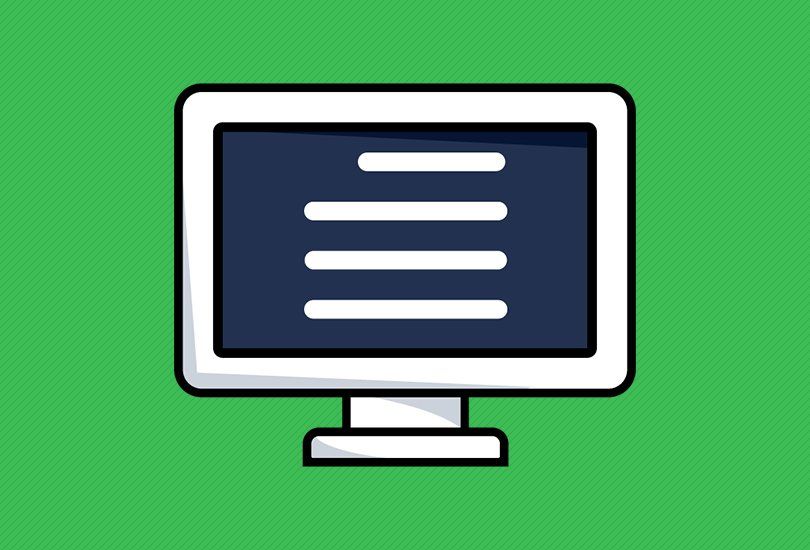9 of the Most Relevant USGA Rule Changes of 2019
It is not completely normal for the USGA and golf world to be in the media spotlight quite as much as they have been this week, but with the new year, the USGA decided to ring in a new set of rules in an effort to modernize the game a bit.
While the list of new rules is quite extensive, the full 30+ list of rule changes won’t affect all of us non-professional golfer. So we at Long Drive Agency compiled a short list of the 9 rules that are most likely to affect the average golfer and might even make your next golf outing a little more enjoyable.
1) “Penalty Area”
The word “hazard” has been thrown out and has been replaced with the term “penalty area”. Simply put, the term penalty area is meant to slightly expand the water hazard area to encompass some of the other unplayable surfaces surrounding the hazard where water may not necessarily be present. Relief maybe taken from the penalty area with a one stroke penalty, using on of three relief options; Stroke-and-Distance Relief, Back-On-the-Line Relief, or Lateral Relief.
2) Alternative to Stroke and Distance
When a ball is lost or goes out of bounds, this alternative, if the local rule is in effect, allows players to create a drop zone between the estimated area the ball was lost or went OB and the nearest edge of the fairway. As this one can be somewhat difficult to explain, the USGA provided a helpful graphic to illustrate the process.
3) Unplayable ball in a bunker
This rule change will come as good news for those who take a few to many trip to the beach during their round. We’ve all ended up with that impossible lie angle where the ball is wedged up against the wall or lip of the bunker, this change will allow for a two-stroke penalty to be taken by using the Back-On-The-Line relief procedure allowing a player to choose a drop zone outside the bunker while still remaining on the same line to the pin.
4) Knee Height Drop
The days of repeatedly taking drops in an effort to get the ball to come to rest in the designated area are over. The new rule’s only requirement is for the ball to be dropped from knee height (formally shoulder height) and fall freely without touching any part of the player’s body or equipment and coming to a rest in the designated area.
5) Accidental Ball Movement
That one obnoxious golf buddy of yours won’t be able to say “one” after you accidentally nudge your ball anymore. Any accidental contact with your ball while on the green or while searching for your ball will not longer result in a penalty, just simply place the ball back in it’s initial location and do your best to recreate the original lie conditions.
6) Repairing the Green
Formally under the “Damage on the putting greens” rule the player would only be able to repair ball mark related damage, with this amendment any non-natural surface imperfections can be repaired.
Imperfections such as:
- Shoe damage
- Indentions from a club or flagstick
- Damage from wildlife
7) Flagstick While Putting
Break out your protractors and calculators as this change will make all of the physics majors out there happy. There will no longer be any penalty should the players choose to leave the flagstick in the hole while putting from either on or off the putting surface. Bryson DeChambeau, one of the Tour’s most unconventional players, was the first to announce his intention to take advantage of this new rule for the 2019 season. While there is still is room to debate if this tactic will actually be beneficial to the player, watching this one unfold in the coming season will definitely be interesting.
8) Rangefinders
Although the use of distance measuring devices (DMDs) or rangefinders for the layman, have been mostly accepted across the country, the previous rule required clubs and courses to draft a specific rule permitting them. This rule change simply reverses that condition and requires clubs to draft a rule to prohibit DMDs should they want to. Although a minor change, this reversal will help clear up possible confusion and also brings the guidelines up to date on an already widely accepted tool.
9) Stroke Play Score Cap
Finally, as pace of play has been a topic of discussion for several years, a new form a stroke play has been recognized by the USGA. “Maximum score” allows players to set a max score for each hole, eliminating the need to hole out on every hole and allow for the pace of play to speed up. Maximums can be set as a fixed number of strokes such as 6, 8, or 10 or as a number relative to par such as 2x par or triple bogey. Should a player reach the score cap on a hole or it becomes evident that the max score will be reach, the player can choose to pick up their ball and move to the next hole.
The USGA is definitely taking a step in the right direction as they continue to modernize the sport. With the stage set for growth, the responsibility falls to us as members of the golf industry and lovers of the sport to see to it that we do our part to make sure golf continues to grow. For more information on how to grow and modernize your golf brand visit LongDriveAgency.com. For the full list of 2019 rule changes visit USGA.org


